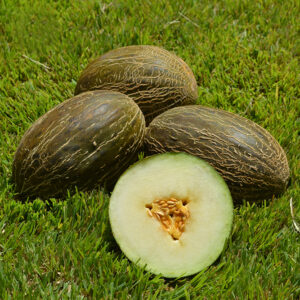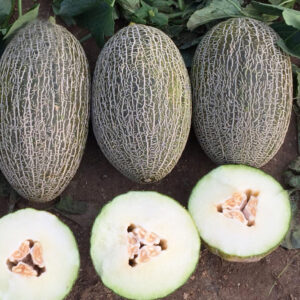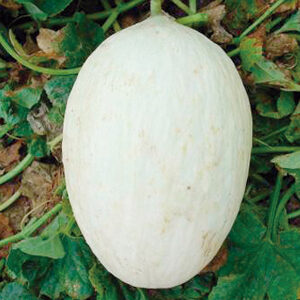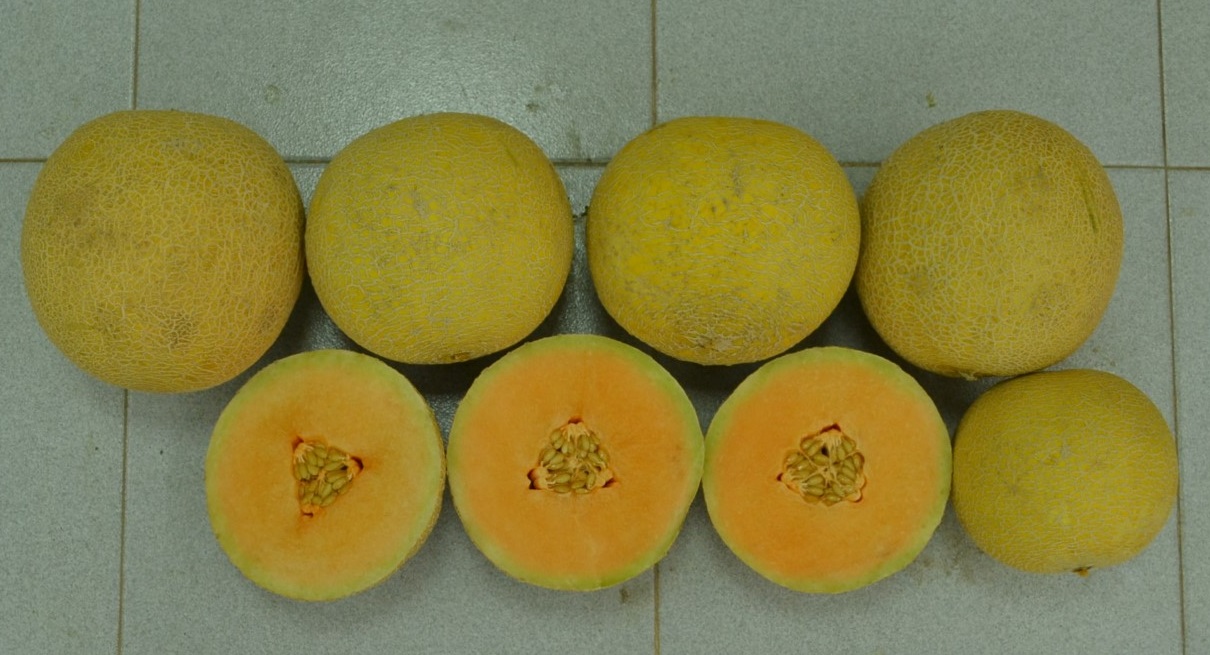Products
M-10699
New in the GALIA market with ORANGE flesh. Round, slightly flattened fruit of 1.5 kg medium weight and deep orange flesh. Abundant and intense netting. It stands out for its high brix of 14.5 º and the uniformity in production. It develops a very vigorous, dark and very resistant to powdery mildew plant.
Do you need more info?
Write us using this form and we will answer your questions:
Related products
-

M-10700
0 out of 5M-10700
Melon Sapo
Melon of PIEL DE SAPO type, with an LONG OVAL shape, with abundant longitudinal writing and of medium intensity. Very beautiful in all conditions. The fruit is medium-large in size, ranging from 3.3 kg in Almería, 4.2 kg in Murcia, reaching 5.7 kg in La Mancha, maintaining a very stable middle cavity. It develops a very vigorous, dark plant with excellent response in the presence of powdery mildew. In all areas it has obtained good results.
-

M-10665
0 out of 5M-10665
Melon Sapo
PIEL DE SAPO melon, with a LONG and medium fruit of about 3.2 kg of average weight, very stable in all areas. It has abundant and intense longitudinal writing on a very dark green background. Its main characteristic is the high quality of the fruit, both for being crunchy, hard meat and a lot of flavor. Plant with good vigor and excellent response in the presence of powdery mildew.
-

M-10463
0 out of 5M-10463
Melon Sapo
PIEL DE SAPO melon with longitudinal netting and oval shape, slightly elongated, makes it the typical “traditional melon”. It develops a very vigorous, healthy and highly productive plant. Nice balance between sugar and crispy and consistent meat. Itts “average size”, around 3.2 kg, make it very appealing for both the domestic and export markets. It offers excellent results in late plantations. -

M-10139
0 out of 5M-10139
Melon White
Hybrid melon of BRANCO type. Vigorous plant with very early and uniform production. The fruit has medium size, very early netting, somewhat wrinkled and very firm flesh with high sugar level and very aromatic. It is noted for its prolonged conservation against the current varieties. It is recommended for transplants in mid season and semi early to the usual densities.

